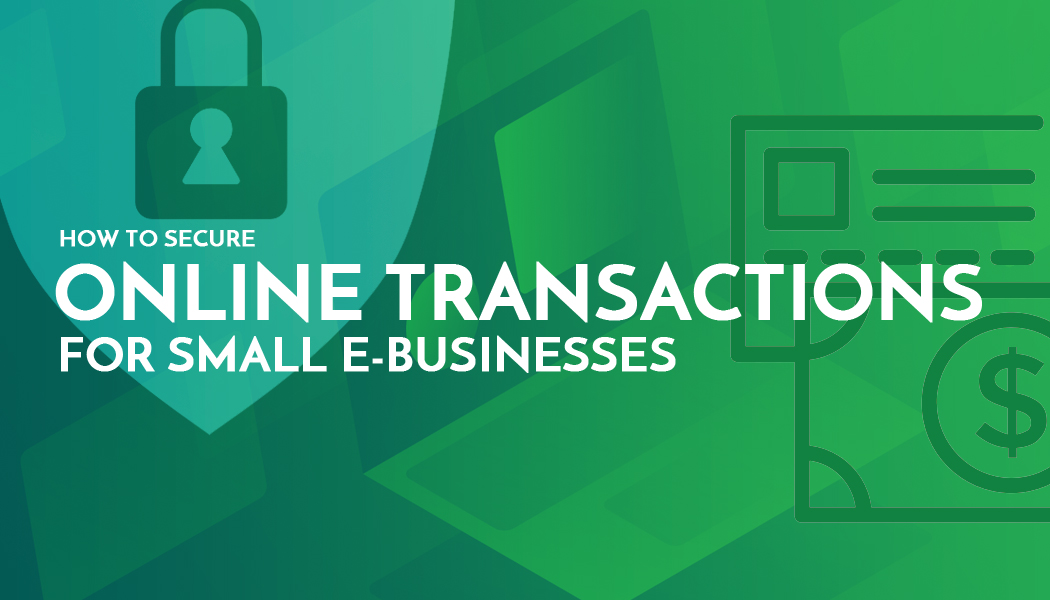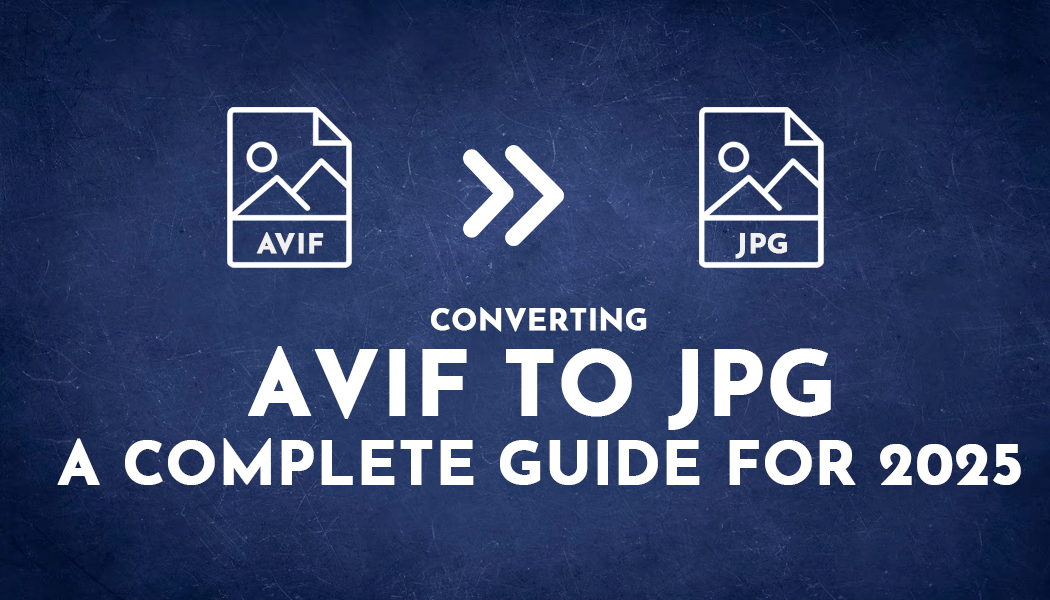How to Secure Online Transactions for Small E-Businesses
As every technology come with its boons and banes, online shopping system also come with flaws or shortcomings like data breaching. A number of security measures like the installation of EV SSL certificate, advanced firewalls or two-factor authentication are used by small e-businesses to secure their payment systems against fraud and security threats, but despite of these measures still security is breached every day by the hackers. Ranges from small scale to large scale, every e-business owner is worrying about online payment's risks, but you do not need to worry as we are here to help you. There are a number of steps that you can take to ensure your online payment security as follows:
1. Choose A Secure Ecommerce Platform
Choosing the eCommerce platform is not only important for smooth running of your business, but also crucial in term of secure online transactions as the cyber criminals are always looking for vulnerabilities in these tools. There are numerous eCommerce platforms to choose from, like PrestaShop, WooCommerce and Magento; but you should choose the one that has a high-quality security features and regular updates. After choosing the right eCommerce platform, make sure to keep eye on its updates so that you can apply to your website.
2. Need Strong Passwords
One of the most crucial methods to protect the user's account from to be hacked is that you ask your users to use the complex passwords structure and usernames for logging in your website. The more complex password is, there is less chance of accounts to be hacked. The password should be 12 characters long and it integrates with capital or small alphabets, numeric and special character like "AKL12:"09gh#".
3. Use a Multi Layered Security
Only one security layer cannot beat the security threats. You have to install a multi layer protection on your website to secure your user private data from being hacked. You can begin the first layer by installing a web application firewall and web server firewall on your end. This will be the initial layer that defenses your payment system or website from the most popular hacks, such as cross-site scripting or SQL injection. Beside it, you can use a Content Delivery Network (CDN) that diffuse a geographically set of servers which usually have storage of your website’s pages. It also helps you out in recognizing malicious traffic to avoid it from harming your website.
4. Set Up System Alerts For Suspicious Activity
You must aware of the different types of suspicious activities that may harm your website. For example: when a person places a large order on your website from the same IP address but with different credit cards, it might be a fraudster. It might be not possible for you to keep an eye on every transaction that is being done on your website, but you can set an alert notice on your system that inform you when multiple and suspicious transactions coming from the same IP address. In this way, you can protect your website from fraudsters.
5. TLS Encryption
Your website must have TLS encryption technology that ensures the safe data transaction between a web user and web server. Usually, web owners use an SSL certificate on their websites for web security, but you can install an EV SSL certificate for maximum data security. Under the EV SSL certificate verification process, businesses have to go through long verification procedures that verify the Domain Validity, business validity and location of the business etc. An EV SSL certificate enhances customer trust as well as the conversion rate of a website. The visible signs of the EV SSL certificate are a green address bar, a padlock, and the visible name after the location bar in the web browser.
6. PCI-DSS Compliance
PCI-DSS is a security standard, set by different card industries such as; MasterCard, Visa card, AMEX and JCB. Each website that deals with online transactions must Compliance PCI-DSS standards; otherwise the company has to experience costly forensic audits, card replacement cost, fines and off-course lost in brand image. PCI-DSS Compliance include maintaining a secure network to process payments, Ensuring all data is encrypted during transmission, keeping infrastructure secure and Restricting information access.
7. Tokenization
Tokenization is a process in which sensitive data is replaced with unique identification symbols. Tokenization has become a popular in all size industries to ensure the safety of the original data. In this way, companies have to store the minimum amount of data that is easy to secure. Moreover, it also helps to reduce the cost and complexity of PCI-DSS compliance with industry standards and government regulations.
If the stores data is hacked, including tokens, it is quite hard for hackers to reverse the real card number from the token itself. They cannot do anything with the stolen data.
8. Two-Factor Authentication
Two-factor authentication is also known as two-step verification that is added by eCommerce industry to ensure a secure payment transaction for customers. You can take an instance of online banking, when one banking user tries to login to their his banking account for the transactions, first they are asked for a username and password, then they are asked to enter the OTP that is sent by the bank to the user's mobile for final login step. You can use this two-factor authentication on your website as an extra security layer.
9. Run Vulnerability Tests on Your eCommerce
Make sure to perform vulnerability tests on your eCommerce, as it does not leave any window for prying eyes to do something wrong with your website. Every eCommerce platform has its own tools that allow its user to scan for vulnerabilities. Beside it, you should opt for that program which does not scan only the web portal, but also the network so that you come to know about the potential risks and issues that can harm your website and you can take appropriate actions to fix it in advance.
Conclusion
You must apply the above mentioned security measures on your eCommerce website to ensure secure online transactions. The more your website has security layer, the more trust you gain from your audience.




